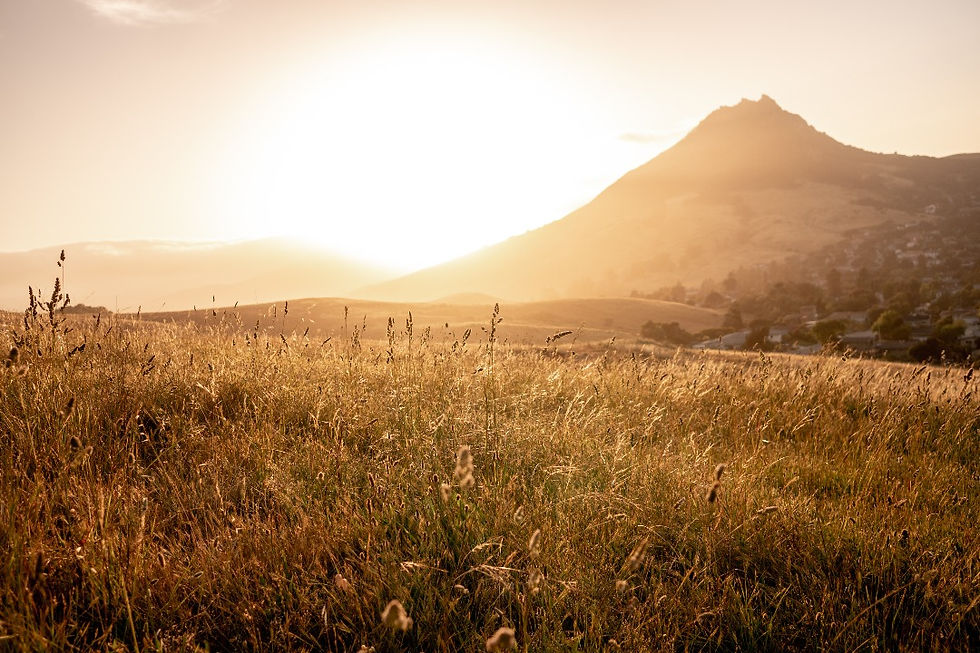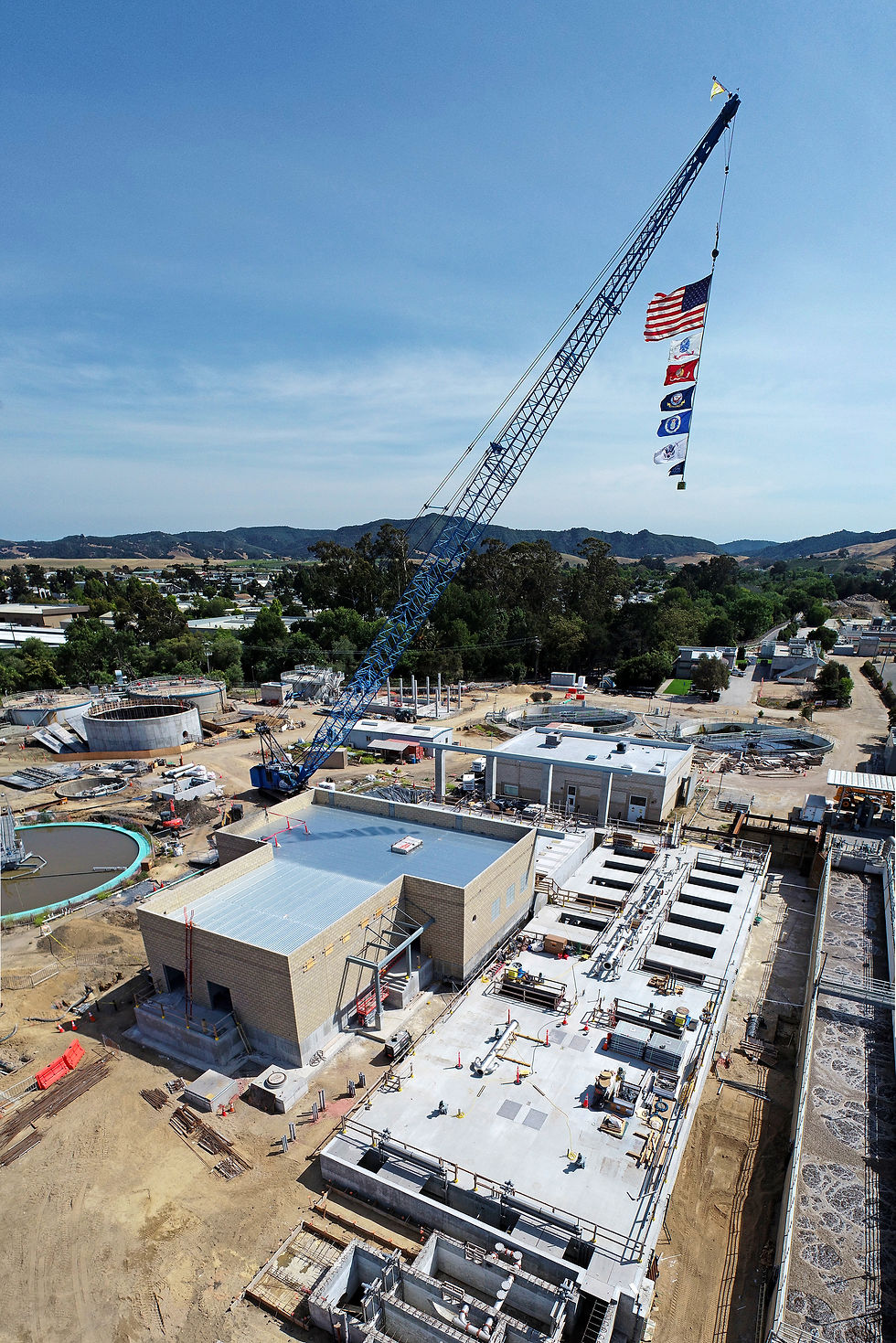Protecting healthy tree canopy at the WRRF
- City of San Luis Obispo
- May 14, 2020
- 2 min read
The City of San Luis Obispo (SLO) is currently developing a Climate Action Plan with the aim to become a carbon neutral city by 2035. The multi-year SLO Water Plus facility upgrade—the City’s biggest capital investment in decades—continues to align with the Climate Action Plan, including decisions about something WRRF neighbors have learned to count on—trees.
In fact, as construction continues, SLO Water Plus staff have put intentional and prescriptive requirements in place to protect mature trees and plants at the Water Resource Recovery Facility (WRRF). In addition to protecting mature vegetation, any trees that are removed or damaged during construction will be replaced on a minimum of a one-to-one basis, although plans currently call for more trees to be planted than removed.
Six pillars have been identified in the City’s Climate Action Plan with corresponding targets and foundational actions. Retaining and/or planting trees within the City (also known as “urban tree canopy”) plays an important role in climate change mitigation. The SLO Water Plus team’s commitment to saving, replanting and even increasing tree canopy on the WRRF site aligns with Pillar 6: Natural Solutions, which aims to “increase carbon sequestration within the San Luis Obispo greenbelt and urban forest.”
“I’ve always loved wandering down the bike path along SLO Creek next to the WRRF,” said Robert Hill, Sustainability and Natural Resources Official with the City. “Even though it’s right in the middle of the city, this stretch has some of the best birding around—you can always count on hearing a song.”
In addition to providing wildlife habitat, the urban tree canopy helps reduce the urban heat island effect, reduces heating/cooling costs, lowers air temperatures, reduces air pollution, and provides aesthetic and community benefits.
Protecting and enhancing the City’s urban forest is just one of many ways the SLO Water Plus Project is providing benefits to the community. To learn more about the project, or to receive ongoing project updates, visit SLOWRRFProject.org.












Comments